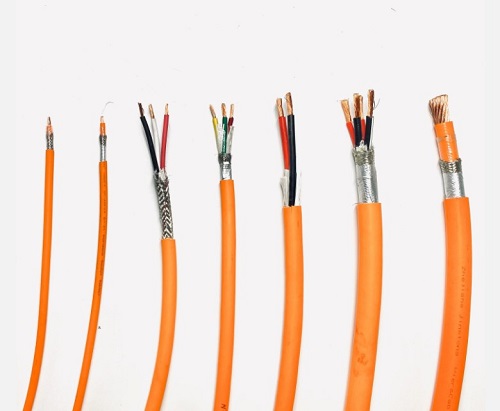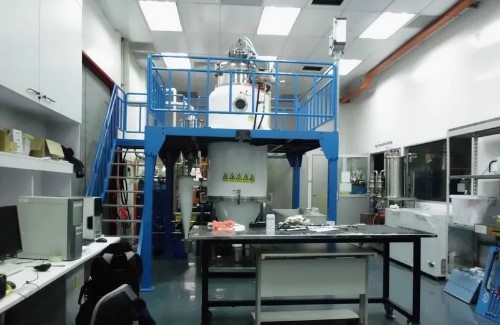Liquid Batteries: A Solution to Energy Problems
Energy is required for everyday use but it is currently not being stored. The energy consumed is literally produced a few minutes before it is consumed and that poses a problem when there is none being produced. Liquid battery technology is being improved and is said to be the solution for this.
Liquid metal batteries use the same principle behind the conventional dry-cell batteries. A dry-cell has two electrodes on either side of an electrode. The fact that solids are used means that very little energy can be stored in them and therefore there is little for use.
As the name suggests liquid metal batteries make use of liquid metals but wit the same arrangement. Since everything is liquid they have to be of different densities for them to stay in place at all times and not mix. The metal with a higher density goes to the bottom a molten electrolyte salt in the middle and then a lighter density metal keeps afloat.
This battery has the potential to store a lot more energy since liquids are better conductors. It can be used as a storage unit that absorbs large amounts of current very fast (tens of times more energy than has so far been recorded in any battery) to save some energy for later use and a distributor to spread the energy all through a grid and directly to different premises.
With this technology renewable energy sources can now be competitive since some of the energy generated when resources like wind and the sun’s rays are in plenty can be saved up for use when they are in less supply like at night for solar power. This would make these energy sources a viable option for regular use since they would not require any supplementation from traditional energy sources.
They can also be used to store energy from the main grid. One would be able to collect some energy in the morning when there is a little less being used and then use it say in the afternoon when power usage from the grid is at its peak. The practice of making use of a transmission lines already in existence to have more supply without building more lines is known in art terms as transmission line deferral.
There is already a prototype and mass production may begin soon. It would definitely be a cost-effective solution to energy fluctuations since it will utilize already existing power sources to ensure that there is power whenever it is needed without having to use an alternative power source.









